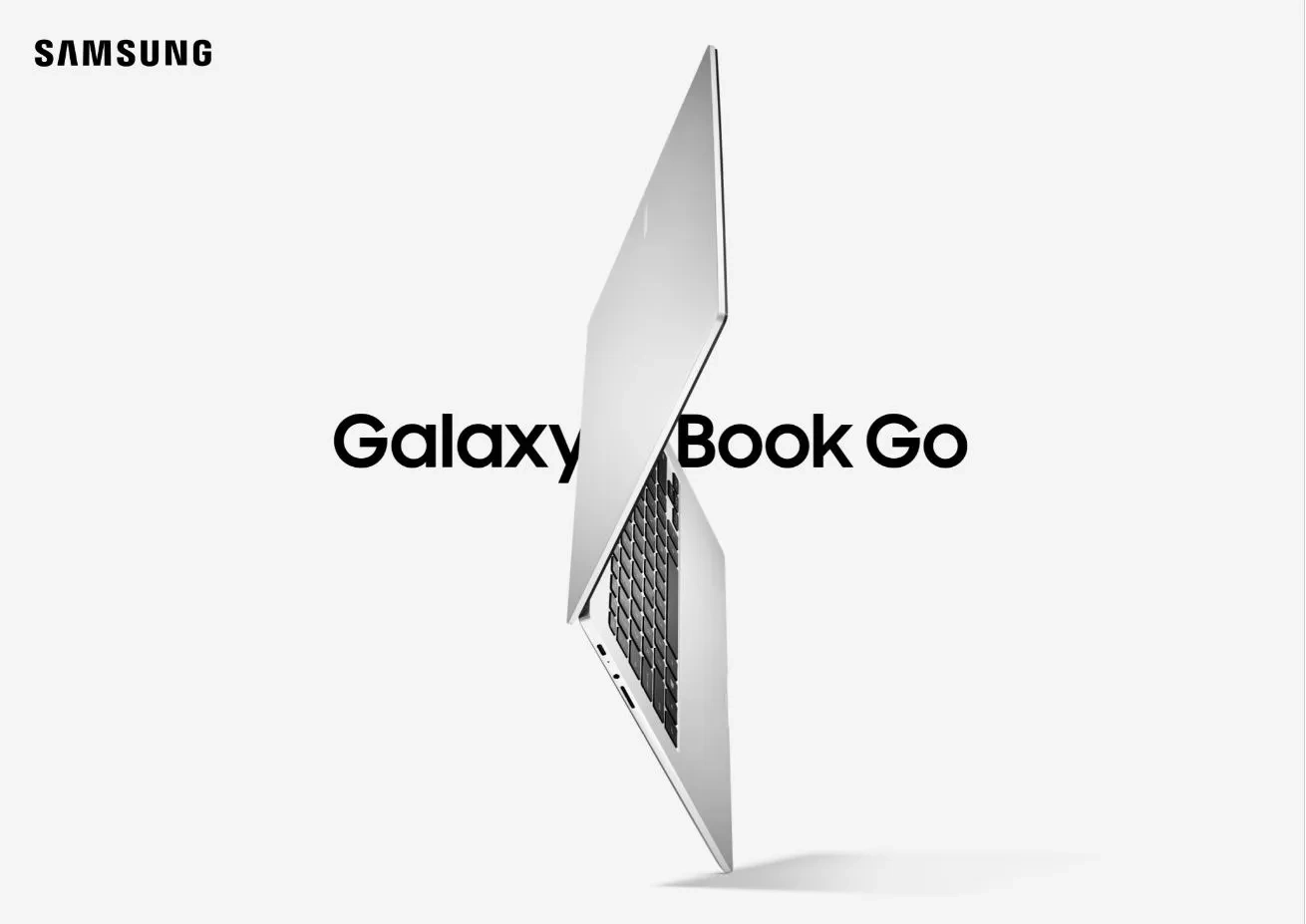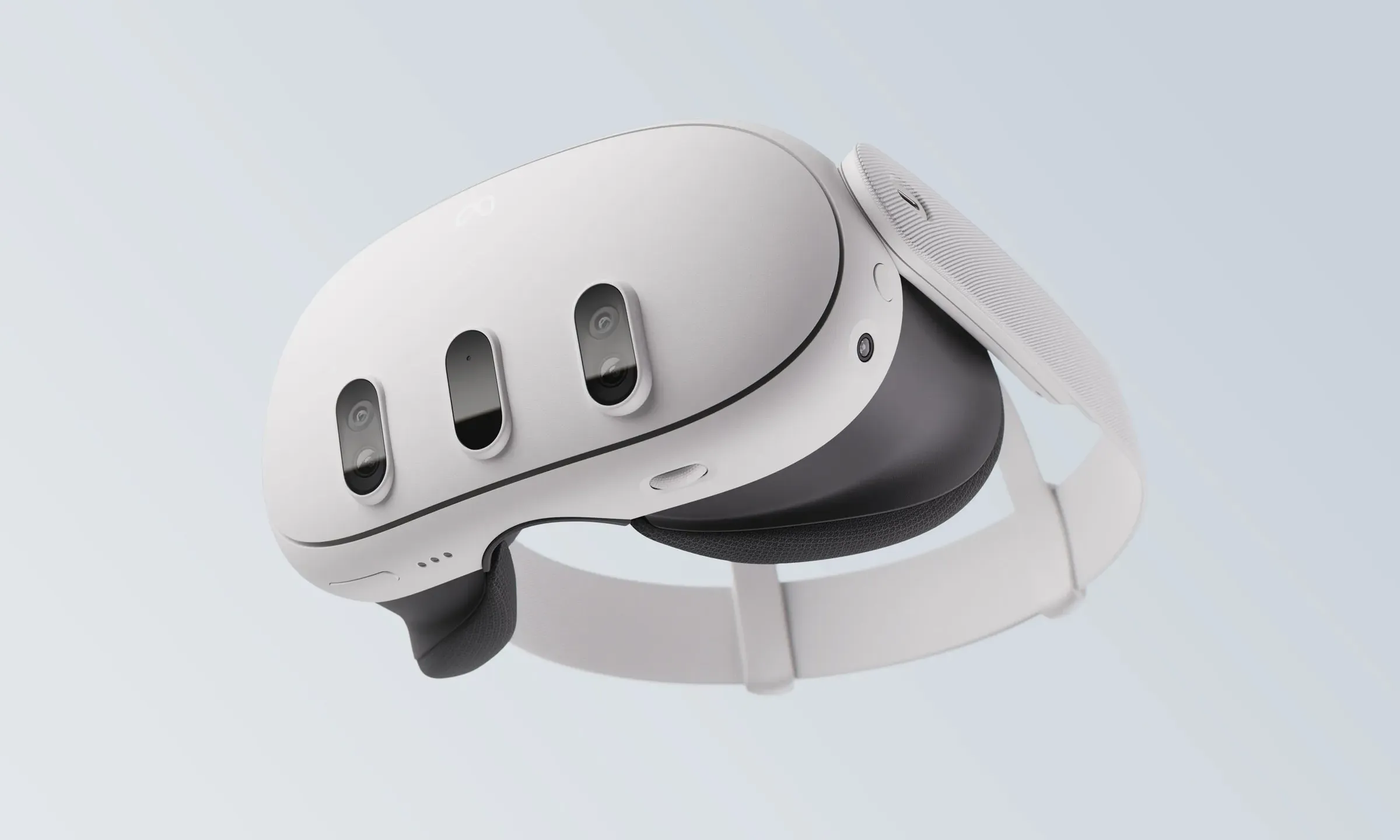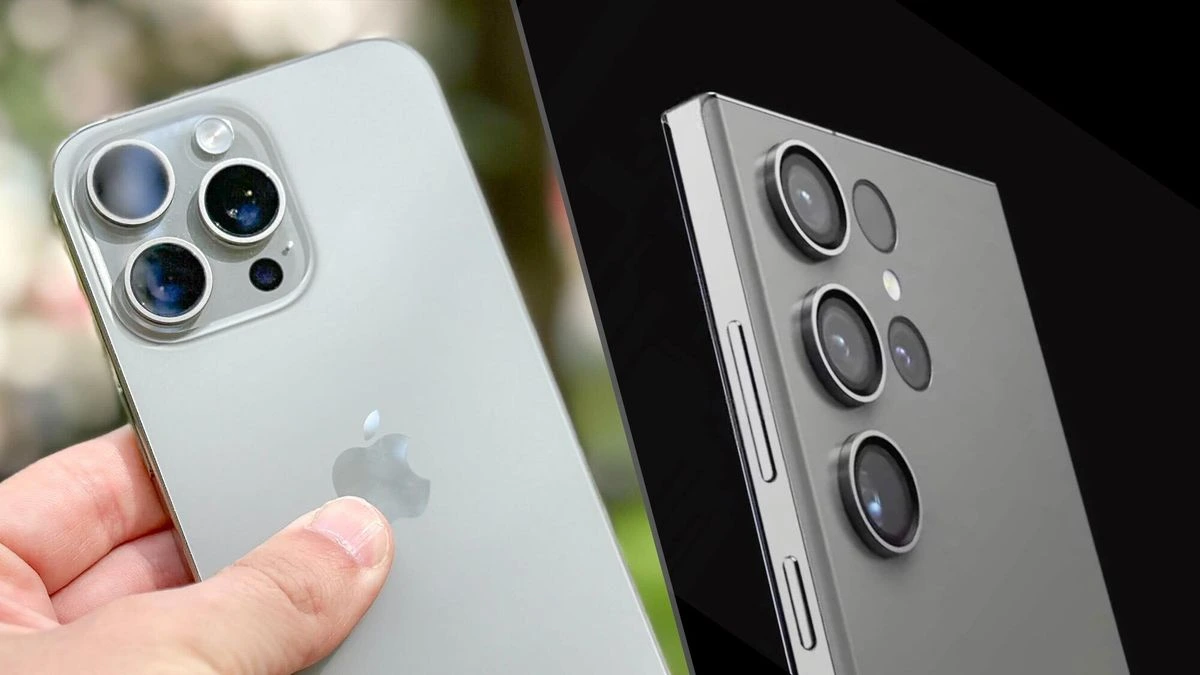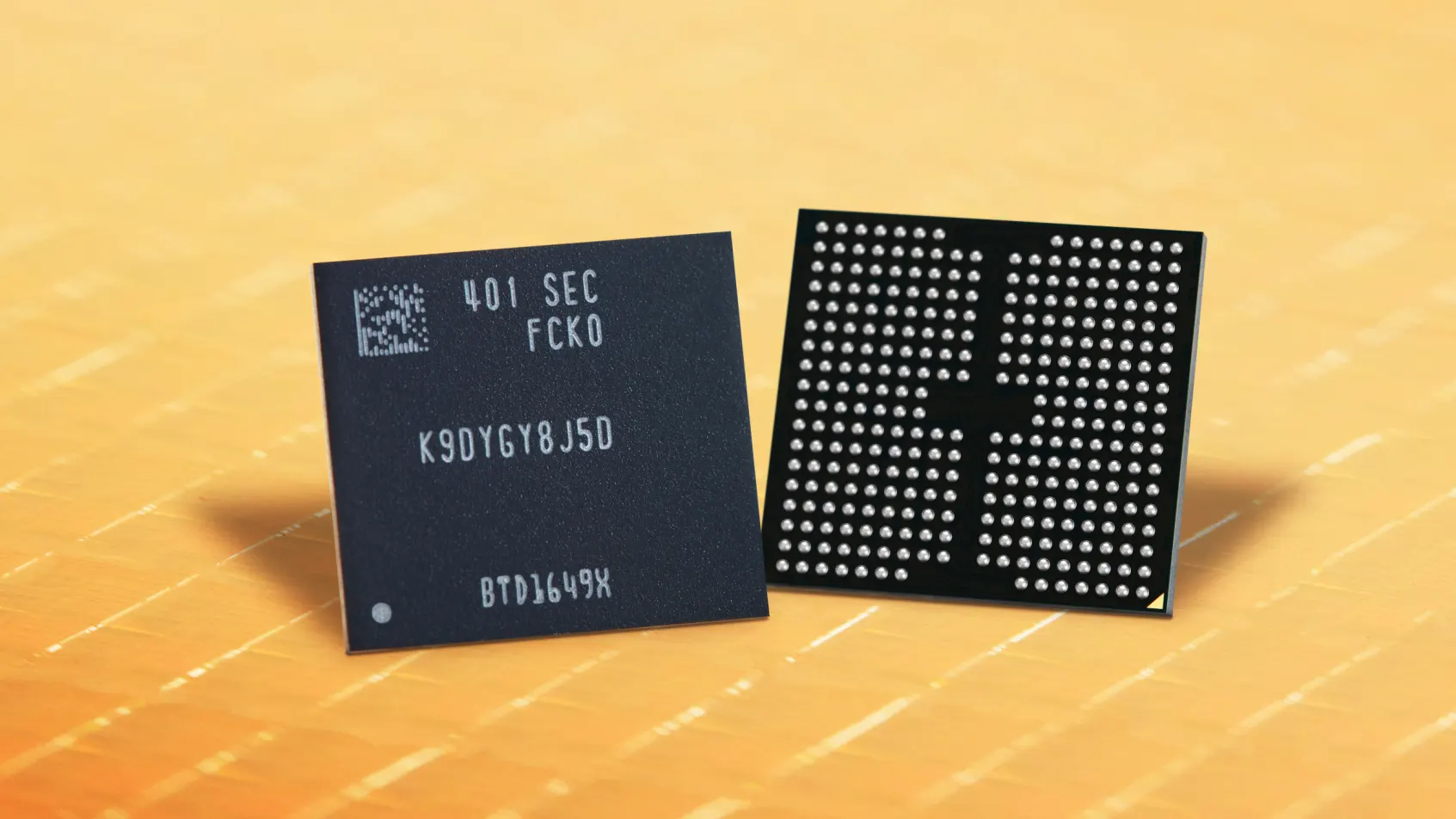Samsung
Samsung launched the Galaxy Book2 Go

Samsung seems all set to capture the laptop market this year. The company released the Snapdragon variant of the Galaxy Book2 Pro 360 a few days ago. As we discussed earlier, the Galaxy Book 3 is also on the way, which reflects that the Korean giant is more focused on the laptop market. In the meantime, the company has released the Galaxy Book 2 Go.
Samsung has now launched the second generation of the Galaxy Book series. According to the Korean giant, the Galaxy Book 2 Go is way faster than the Galaxy Book pro. As per the data, the company is claiming that it has a 40% faster CPU and a 35% more powerful GPU. Some functionalities have also been performing more smoothly, including Wi-Fi and Bluetooth.
Galaxy Book2 Go Specifications
The Galaxy Book 2 Go is a compact device with a 14-inch IPS LCD display with Full HD resolution and a 180-degree hinge. It has a powerful chipset which is introduced by snapdragon, which is designed on the 6nm architecture, that is quite power efficient as well; it provides more battery backup. Samsung said that the device will easily run all day and can run 21 hours of video playback. The Galaxy Book 2 Go comes with Android 11 on board and has various features of the Galaxy ecosystem, such as Galaxy buds auto switch, Link to Windows, Multi Control, Quick share, Samsung Notes, and a second screen.
Galaxy Book3 Pro, Book3 Pro 360, and Book3 Ultra’s promotional poster leaked
However, Samsung hasn’t described the RAM, storage, and battery capacity of its new Galaxy book. The device has MIL-STD_810G spec, so it is sure that it works well in different environments, as it includes resistant to drops, extreme temperatures, humidity, shocks, and vibrations.
So, if you are thinking of purchasing a new laptop this year, the Galaxy Book 2 Go will be a good option to buy. According to the information, the device will be available online through Samsung .com from January 20, 2023. Initially, the Galaxy Book 2 Go will be available in France; then it will expand its presence in other markets soon.
Samsung
Samsung To Face Challenge: Meta Opens OS For Other XR Headset Makers

The Korean giant ‘Samsung’ is setting up to introduce its mixed-reality headset by the end of this year.
When the Korean brand launches its device, it might encounter fierce competition from brands like ASUS, Lenovo, and even Microsoft. Meta has now made a significant move by renaming the Android-based operating system of its Quest MR/VR headset to Horizon OS.
Meta has opened up the operating system to third-party brands, and now Horizon OS will be used on MR/VR headsets from ASUS ROG, Lenovo, and Microsoft. ASUS is introducing several performance gaming headsets, whereas Lenovo is developing a mixed-reality headset for entertainment, learning, and productivity. Conversely, Meta is collaborating with Microsoft to launch a Quest headset that draws inspiration from Xbox.
Meta is expanding its strategy by making a two-pronged approach to boost its VR application ecosystem: first, by asking Google to bring the huge library of the Play Store to their Horizon OS; and second, by making it easier for developers to build VR applications by boosting active applications from Quest App Lab and offering new tools for smartphone app developers.
Although Samsung has already declared that it is actively working on an XR device with Google and Qualcomm, It is expected to use a version of Android optimized for mixed-reality headsets and a Qualcomm processor from the Snapdragon XR series.
It is reported that it could feature the Snapdragon XR2+ Gen 2 processor, a 4nm chip with an octa-core CPU, and a powerful Adreno 740 GPU that can drive two 4.3k screens at 90Hz. It can also support at least up to 12 cameras at the same time. It features 5G, Wi-Fi, and Bluetooth 5.3 for wireless connectivity.
Samsung
Samsung Overcomes Apple As Korean Army Prohibits iPhone

Since the South Korean army is banning the use of Apple iPhones, Apple’s boat appears to be sinking.
Again, Samsung won the cold war with Apple since the South Korean army prohibited the iPhones, effective June 1, but Samsung’s Galaxy smartphones will be exempt from the ban.
Previously, the Chinese government banned the use of Apple iPhones in government offices, and now the report has revealed that the same approach is under consideration by the South Korean army. It has become known that the South Korean army is considering banning the Apple iPhone regarding some security issues.
It is reported that, starting from military headquarters, a potential comprehensive ban is possible to extend to all subordinate units. If the reports are to be believed, Korea’s Air Force headquarters internally announced a complete restriction on any device capable of voice recording applications that does not allow third-party applications to control foreign functions.
This new regulation will be effective June 1, with “iPhones” cited as items subject to the guidance. Android smartphones, especially the Samsung Galaxy, will be exempt from the ban. The document expressly states that “bringing in iPhones will be completely prohibited.”
In the scenario where the ban is extended to all subordinate units, it would surely affect almost 500,000 military personnel.
Samsung
Samsung Electronics Begins Mass Production For 9th-Gen V-NAND

The Korean Electronics firm announced that it has begun mass production for its one-terabit (Tb) tripe-level cell (TLC) 9th-generation vertical NAND (V-NAND).
One of the key reasons for beginning this mass production is just to solidify its leadership in the NAND flash market. This 9th generation V-NAND flash memory has significant improvements. It offers a 50% increase in storage density compared to its predecessor, the 8th-generation V-NAND. This appears due to the tiny cell size and thinner design.
The Korean giant also executed new techniques for upgrading the reliability and lifespan of the memory cells while eliminating dummy channel holes, which significantly reduced the planar area of the memory cells. The Head of Flash Products & Technology of the Memory Business at Samsung Electronics, SungHoi Hur, stated, “Through our latest V-NAND, Samsung will continue to set the trend for the high-performance, high-density solid-state drive (SSD) market that meets the needs of the coming AI generation.”
Samsung‘s advanced ‘channel hole etching’ technology exhibits the brand’s leadership in process capabilities. This technology creates electron pathways by stacking mold layers and increases fabrication productivity as it authorizes simultaneous drilling of the industry’s highest cell layer count in a double-stack structure. As the cell layers increase, the capability to pierce through higher cell numbers becomes crucial, demanding more complicated etching techniques.
The 9th-generation V-NAND is enabled with the next-gen NAND flash interface, Toggle 5.1, which will help to support the increased data input and output speeds by at least 33% to up to 3.2 Gbps. The Korean giant plans to solidify its position within the high-performance SSD market by expanding support for PCIe 5.0.
With the advancement in low-power design, power consumption has also improved by 10%.
